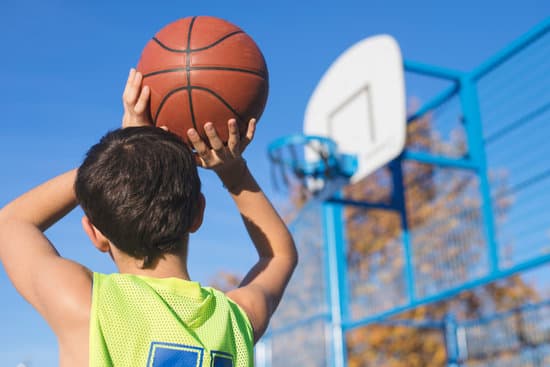from healthychildren.org
If your child is participating in youth sports during the COVID-19 pandemic, remember to take steps that can reduce the risk of spreading the virus.
Based on the the latest evidence, these tips can help keep players, coaches and families safe:
Before the sports season starts:
☐ Check to make sure sports and recreation activities are approved by your local and state government.
☐ Understand the new safety rules and expectations for participation during COVID-19 and talk about them with your child.
☐ Each child should have their own cloth face covering, hand sanitizer, towel, water bottle, and tissues labeled with their names.
☐ All youth athletes should have an up-to-date sports physical before participating.
Prior to practice or games:
☐ Athletes should stay home from practice or game if they’re feeling sick or have any symptoms of COVID-19, and get a test if the doctor recommends.
☐ Wash hands before arriving, or use hand sanitizer if soap and water aren’t available.
☐ Bring labeled (with name) personal sports equipment, water bottle, towel, tissues, hand sanitizer, and cloth face covering.
☐ Stay in the car or assigned school location until the coach is ready to start practice
☐ Avoid gathering in groups before practice, maintain social distance and wear a cloth face covering.
If an athlete has COVID-19:
Anyone who had a positive COVID-19 test should get their doctor’s approval before returning to exercise or sports. They need a minimum 10-day resting period without exercise or competition, followed by a gradual return to physical activity over the course of at least 7 days.
Before returning to activity, children should be screened by their doctor for heart symptoms like chest pain, shortness of breath, fatigue, irregular heartbeat, or fainting. A child with a positive heart screening will need an EKG and referral to a pediatric cardiologist for possible additional cardiac tests.
Children who were very sick from COVID-19 or diagnosed with MIS-C must be treated as though they have an inflamed heart muscle (myocarditis) and not exercise or compete for 3 to 6 months. A pediatric cardiologist should examine these children before they are allowed to return to exercise or competition.
During sports practice or games:
☐ Athletes should maintain a physical distance as much as possible.
☐ Wear cloth face covering at all times during group training and competition especially on the sideline, in dugouts, and during team chats. Masks can be removed for some sports, including:
*Water sports such as swimming and diving, since wet masks may be difficult to breathe through.
*Gymnastics, cheer stunts and tumbling, and wrestling, to avoid masks getting caught on equipment or accidentally covering eyes.
☐ Avoid these behaviors:
Huddles, high-fives, fist bumps, handshakes, etc.
Sharing food or drink with teammates.
Cheering, chanting, or singing when closer than 6-8 feet from others.
Spitting or blowing nose without a tissue.
☐ Store personal equipment 6-8 feet away from other teammates’ equipment.
☐ Minimize sharing sports equipment when possible.
☐ Sanitize hands before and after using shared equipment such as balls, bats and sticks.
☐ Tell a coach if you are not feeling well and leave practice or game with parent or caregiver.
After sports practice or games:
☐ Sanitize or wash hands.
☐ Wash cloth face coverings, towel and practices clothes or uniform.
☐ Clean personal sports equipment and water bottle.
Remember
Talk with your child’s pediatrician if you have any questions about youth sports participation safety, based on COVID-19 in your community and your child’s health.

